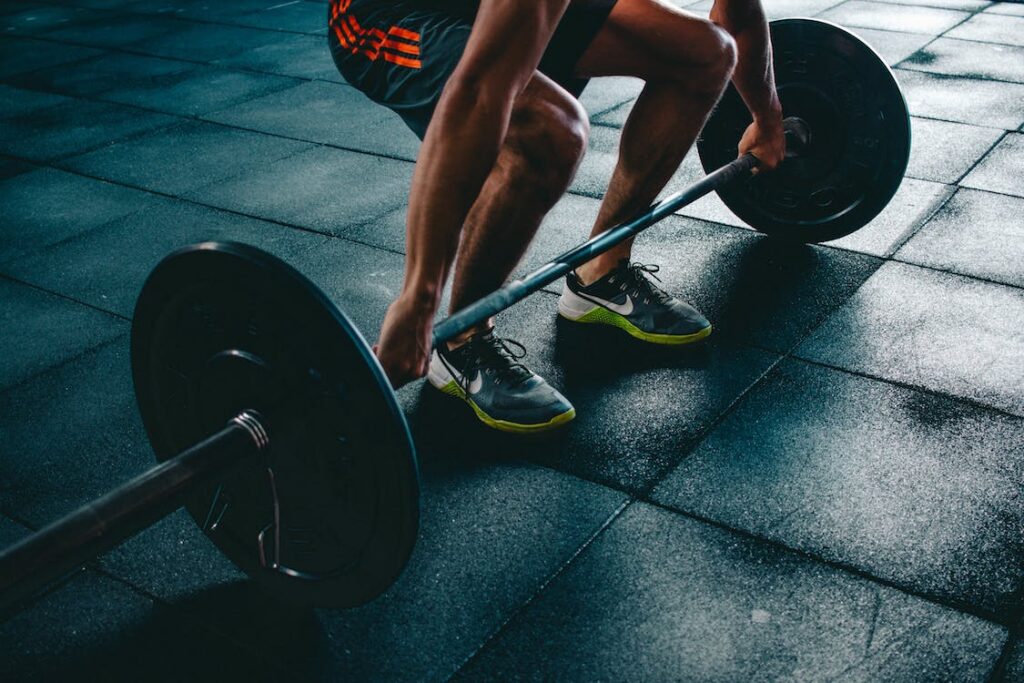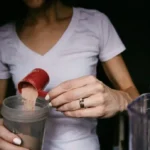As a beginner, working out can be challenging, exciting and overwhelming. Sure, a brisk walk with headphones on has it’s moments but nothing quite sparks the joy as much as a sweaty grueling workout. The concept of ‘fuelling’ may be an uncharted territory, especially for a newbie.
Your body is your vehicle, so you have to keep your engine running when you work out. That means fueling up your body by eating the right foods and drinking the right fluids, in the right amounts at the right times.
Figuring out what and when to eat before and after a workout is such a struggle. With these 6 fuelling tips, you will be able to ace your workouts in no time.
Go for carb-rich pre workout snacks
Not fueling before you workout is like driving a car without fuel. While exercising, carbs are your friend because they are your primary fuel source. You need to eat enough of them so that your body can store them as glycogen, which resides in your liver and muscles. Those stores and the carbs you eat will provide energy during your long workout sessions. Before exercise, it’s best to eat easily digestible carbs, like those found in a piece of fruit, potato, corn, sweet potato, energy bar, granola with curd, sandwich etc.
Carbs and Proteins are Recovery BFFs
The most sensationalised macronutrient is protein. While it’s absolutely necessary to eat protein after a workout, you don’t need as much as you might think. The average athlete should eat about 1.2-2 grams of protein per kilogram of body weight. Carbs are just as important for running recovery. Glycogen stores only last for about an hour, and they need to be refilled for tomorrow’s workout. Protein also helps to repair tired muscles. Some of my favorite post-race meals are eggs + fruit, chocolate milk + fruit, whey protein + fruit etc.
What u eat depends on when u eat
Fueling isn’t quite as simple as binging on food. You need to consider the timing of your meals in relation to your workouts. As a simple rule of thumb, eat a complete meal with carbs, some protein, and a little fat two to three hours before a workout — something like a main meal.
If you have more than an hour’s time, foods like sandwiches, rolls, corn, potato, sweet potato would do the trick. Within an hour of your session, stick with simple, easy-to-digest carbs, such as a sports drink, banana, dates, raisins etc.
Drink Up!
Hydration is one of the most important parts of your training plan, since dehydration can cause muscle weakness, cramps and fatigue. Most people don’t drink enough water throughout the day. One should be consuming 350-500ml water every hour of training- even more in the hotter months. Checking the colour of your urine is the simplest way to tell if you are hydrated.
Know when you need a sports drink
Sports drinks are developed for a reason and with a specific formula. They contain fluid and electrolytes to replace those lost in sweat and sugar to provide fuel to working muscles. Workout sessions that lasts longer than 60-90 mins, are really high-intensity or are completed in a hot environment may require the addition of a sports drink.
Just like your muscles, your stomach needs training too
Unfortunately, it’s normal for your stomach to feel weird when you start increasing your food intake to fuel your workout sessions. Just like you need to train your muscles to handle exercise, you also need to train your stomach. Train your stomach by starting with small portions initially and gradually increase portions to hold more food.






